Home>Gardening & Outdoor>Landscaping Ideas>What Is The Difference Between Artificial Grass And Turf
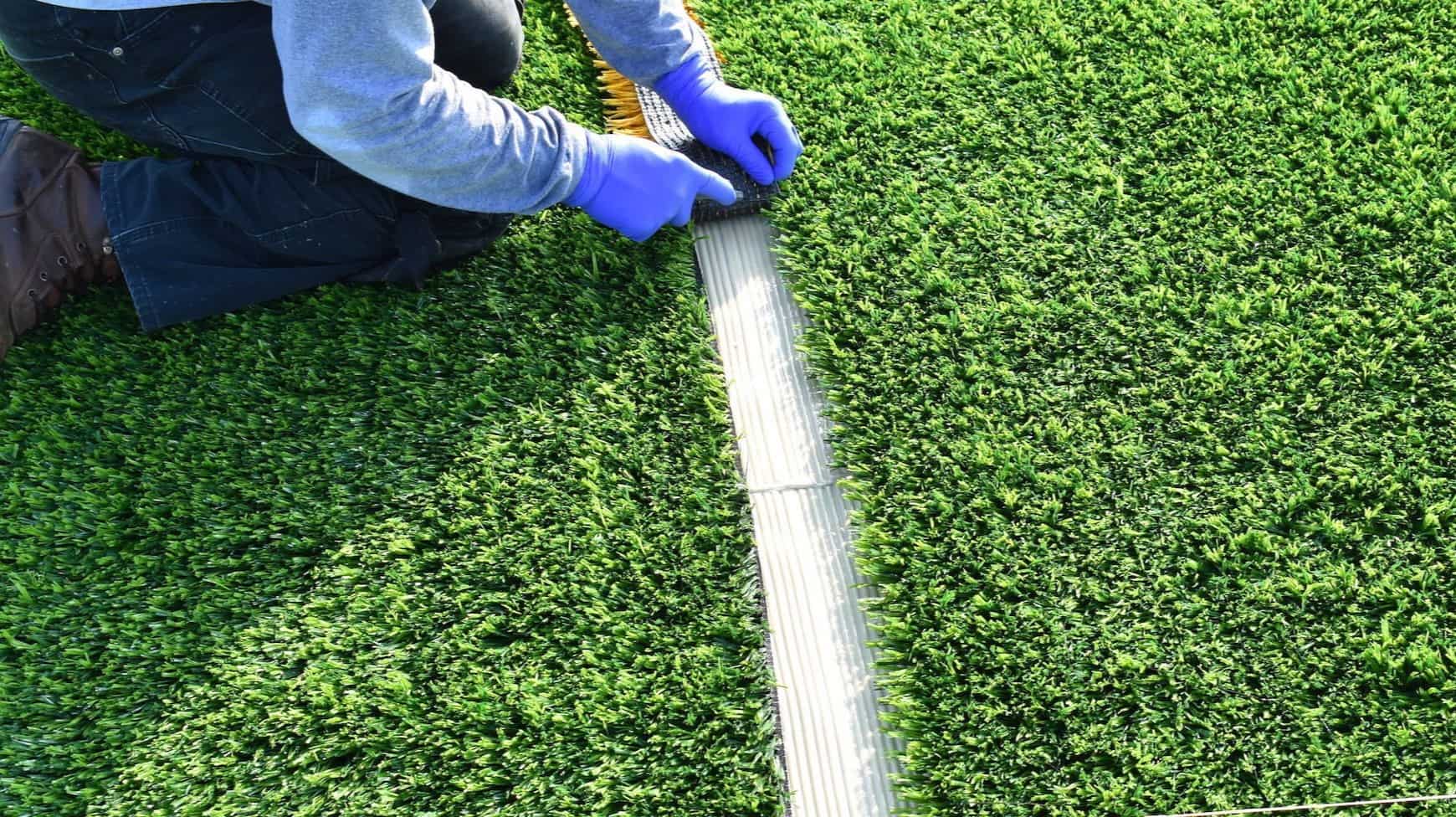

Landscaping Ideas
What Is The Difference Between Artificial Grass And Turf
Published: January 27, 2024
Discover the distinctions between artificial grass and turf for landscaping ideas. Learn how to choose the best option for your outdoor space.
(Many of the links in this article redirect to a specific reviewed product. Your purchase of these products through affiliate links helps to generate commission for Storables.com, at no extra cost. Learn more)
Introduction
When it comes to creating a lush and vibrant outdoor space, the choice between artificial grass and turf can be a pivotal decision. Both options offer their own set of advantages and considerations, making it essential to understand the differences between the two. Whether you're aiming to revamp your backyard, design a putting green, or enhance a commercial landscape, grasping the nuances of artificial grass and turf is crucial for making an informed choice.
Artificial grass and turf are often used interchangeably, but they actually refer to distinct landscaping materials. Understanding their disparities can help you select the most suitable option for your specific needs. From material composition to installation processes, maintenance requirements, environmental impact, and cost considerations, each aspect plays a pivotal role in determining which option aligns best with your landscaping goals.
In this comprehensive guide, we will delve into the contrasting features of artificial grass and turf, shedding light on their unique characteristics and practical implications. By the end, you will have gained a comprehensive understanding of these landscaping elements, empowering you to make an informed decision that aligns with your aesthetic preferences, maintenance capabilities, and environmental consciousness. Let's embark on this journey to unravel the differences between artificial grass and turf, ultimately paving the way for a stunning and sustainable outdoor space.
Key Takeaways:
- Artificial grass is low-maintenance, eco-friendly, and cost-effective, while natural turf requires more upkeep and resources but contributes to biodiversity and air purification.
- Understanding the differences between artificial grass and turf helps you make an informed decision based on your aesthetic preferences, maintenance capabilities, environmental consciousness, and budget.
Material Composition
Artificial grass, also known as synthetic turf, is crafted from a blend of synthetic materials, including polyethylene, polypropylene, and nylon. These components are intricately woven into a durable backing, creating a resilient and natural-looking surface. The synthetic fibers emulate the appearance and texture of real grass, offering a lush and verdant aesthetic without the need for constant maintenance.
In contrast, turf typically refers to natural grass that is meticulously cultivated and maintained to create a pristine and resilient surface. This involves cultivating specific grass varieties that are adept at withstanding heavy foot traffic and environmental factors. While turf is inherently organic, it requires diligent upkeep to preserve its impeccable appearance, including regular watering, mowing, and fertilization.
One of the key distinctions between artificial grass and turf lies in their composition. Artificial grass is engineered to withstand the elements while retaining its vibrant hue and texture, requiring minimal upkeep to uphold its allure. On the other hand, turf necessitates ongoing care and resources to sustain its natural splendor, making it a more labor-intensive and water-dependent option.
Understanding the material composition of artificial grass and turf illuminates the fundamental disparities in their maintenance requirements and long-term durability. Whether you prioritize a low-maintenance landscape or revel in the meticulous upkeep of natural grass, comprehending these distinctions is pivotal in selecting the optimal choice for your outdoor space.
Installation Process
When it comes to installing artificial grass, the process involves meticulous groundwork and precise execution to ensure a flawless and enduring outcome. The initial step entails excavating the designated area to create a level foundation, followed by the installation of a permeable base material, such as crushed rock or decomposed granite. This foundation serves as a stable and porous substrate for the artificial grass, facilitating proper drainage and longevity.
Once the base is in place, the artificial grass is meticulously laid out and secured, with the seams expertly joined to create a seamless expanse. The edges are carefully trimmed to fit the contours of the space, resulting in a polished and tailored appearance. Additionally, infill materials, such as silica sand or rubber granules, may be incorporated to enhance the resilience and natural feel of the artificial grass.
On the other hand, installing turf involves the cultivation and maintenance of natural grass to establish a robust and verdant surface. This process encompasses preparing the soil, meticulously planting the selected grass varieties, and implementing a diligent watering and fertilization regimen to foster healthy growth. While the installation of turf demands a commitment to nurturing natural vegetation, it ultimately yields a lush and organic landscape.
Understanding the divergent installation processes of artificial grass and turf underscores the contrasting approaches to creating a vibrant outdoor environment. Whether you opt for the meticulous installation of artificial grass or the nurturing process of cultivating turf, each method embodies its own set of considerations and implications for achieving your desired outdoor aesthetic.
Maintenance Requirements
Artificial grass offers a compelling advantage in terms of maintenance, requiring minimal upkeep to preserve its pristine appearance. Unlike natural turf, artificial grass does not necessitate mowing, watering, or fertilization, significantly reducing the time and resources dedicated to maintenance. Routine maintenance for artificial grass typically involves periodic brushing to uphold its aesthetic integrity and remove debris, ensuring a consistently lush and vibrant surface.
Conversely, maintaining turf demands a comprehensive and ongoing regimen to sustain its health and visual appeal. This encompasses regular mowing to control the grass height, consistent watering to nurture the roots and prevent dehydration, and fertilization to fortify the soil and promote robust growth. Additionally, turf necessitates vigilant pest and weed control measures to safeguard its vitality and lushness.
By comprehending the contrasting maintenance requirements of artificial grass and turf, you can align your landscaping choice with your desired level of involvement in upkeep. Whether you prioritize a low-maintenance landscape that exudes perennial allure or relish the hands-on care and cultivation of natural grass, the maintenance disparities between artificial grass and turf play a pivotal role in shaping your outdoor environment.
Artificial grass and turf are often used interchangeably, but there is a difference. Artificial grass is the synthetic material that looks like real grass, while turf refers to the entire surface, including the base and infill.
Environmental Impact
When evaluating the environmental impact of artificial grass and turf, it is essential to consider their ecological implications and sustainability. Artificial grass, crafted from synthetic materials, presents a durable and water-efficient alternative to natural turf. Its minimal water requirements contribute to water conservation efforts, particularly in regions prone to drought and water scarcity. Additionally, the absence of pesticides and fertilizers in artificial grass maintenance reduces chemical runoff, promoting environmental health.
Moreover, the longevity of artificial grass minimizes the need for frequent replacement, reducing waste and conserving resources in the long run. However, it is important to note that the production and eventual disposal of synthetic materials entail environmental considerations, underscoring the need for responsible manufacturing and recycling practices within the artificial grass industry.
In contrast, natural turf contributes to biodiversity and air purification, serving as a natural habitat for various organisms and mitigating carbon dioxide levels. However, the maintenance of turf often involves significant water consumption, chemical inputs, and emissions from lawn equipment, posing environmental challenges. Furthermore, the periodic replacement of natural turf due to wear and tear can contribute to organic waste accumulation.
By recognizing the environmental impact of artificial grass and turf, you can make an informed decision that aligns with your sustainability goals and ecological consciousness. Whether you prioritize water conservation and reduced chemical usage with artificial grass or embrace the ecological benefits of natural turf, understanding their environmental implications is integral to cultivating an environmentally conscious outdoor space.
Cost Comparison
When evaluating the cost disparities between artificial grass and turf, several factors come into play, influencing the initial investment and long-term expenses associated with each option. Artificial grass entails an upfront cost that encompasses the materials, installation, and any additional features, such as infill materials for enhanced resilience. While the initial investment for artificial grass may be higher than natural turf, its minimal maintenance requirements and longevity contribute to long-term cost savings.
Conversely, the installation and maintenance of natural turf entail ongoing expenses, including soil preparation, sod or seed acquisition, irrigation systems, fertilizers, and lawn care equipment. The cumulative costs of watering, mowing, fertilizing, and pest control contribute to the overall expenditure associated with turf maintenance. Additionally, the periodic need for turf replacement due to wear and tear further impacts its long-term financial implications.
By conducting a comprehensive cost comparison, you can gauge the financial implications of artificial grass versus turf and align them with your budget and long-term investment considerations. Whether you prioritize the initial affordability of natural turf or the enduring cost-effectiveness of artificial grass, understanding the financial dynamics of each option is crucial in making a well-informed decision for your outdoor landscape.
Conclusion
As we conclude our exploration of the disparities between artificial grass and turf, it becomes evident that each option embodies distinct characteristics and practical implications. The material composition, installation process, maintenance requirements, environmental impact, and cost considerations of artificial grass and turf offer nuanced insights that can guide your decision-making process when envisioning a vibrant and sustainable outdoor space.
Artificial grass presents a compelling alternative with its low-maintenance appeal, water efficiency, and enduring aesthetic allure. Its synthetic composition and minimal upkeep requirements position it as a resilient and sustainable landscaping solution. Conversely, turf exudes a natural and organic charm, contributing to biodiversity and air purification while demanding diligent maintenance and resource allocation.
Understanding the environmental impact and cost dynamics of artificial grass and turf enables you to align your landscaping choice with your sustainability goals and financial considerations. Whether you prioritize water conservation, reduced maintenance, or long-term cost-effectiveness, the contrasting features of artificial grass and turf empower you to make an informed decision that resonates with your outdoor vision.
Ultimately, the choice between artificial grass and turf hinges on a myriad of factors, including your aesthetic preferences, maintenance capabilities, environmental consciousness, and budgetary constraints. By delving into the nuances of these landscaping elements, you are equipped to cultivate an outdoor environment that harmonizes with your lifestyle and values, fostering a captivating and sustainable landscape for years to come.
Frequently Asked Questions about What Is The Difference Between Artificial Grass And Turf
Was this page helpful?
At Storables.com, we guarantee accurate and reliable information. Our content, validated by Expert Board Contributors, is crafted following stringent Editorial Policies. We're committed to providing you with well-researched, expert-backed insights for all your informational needs.
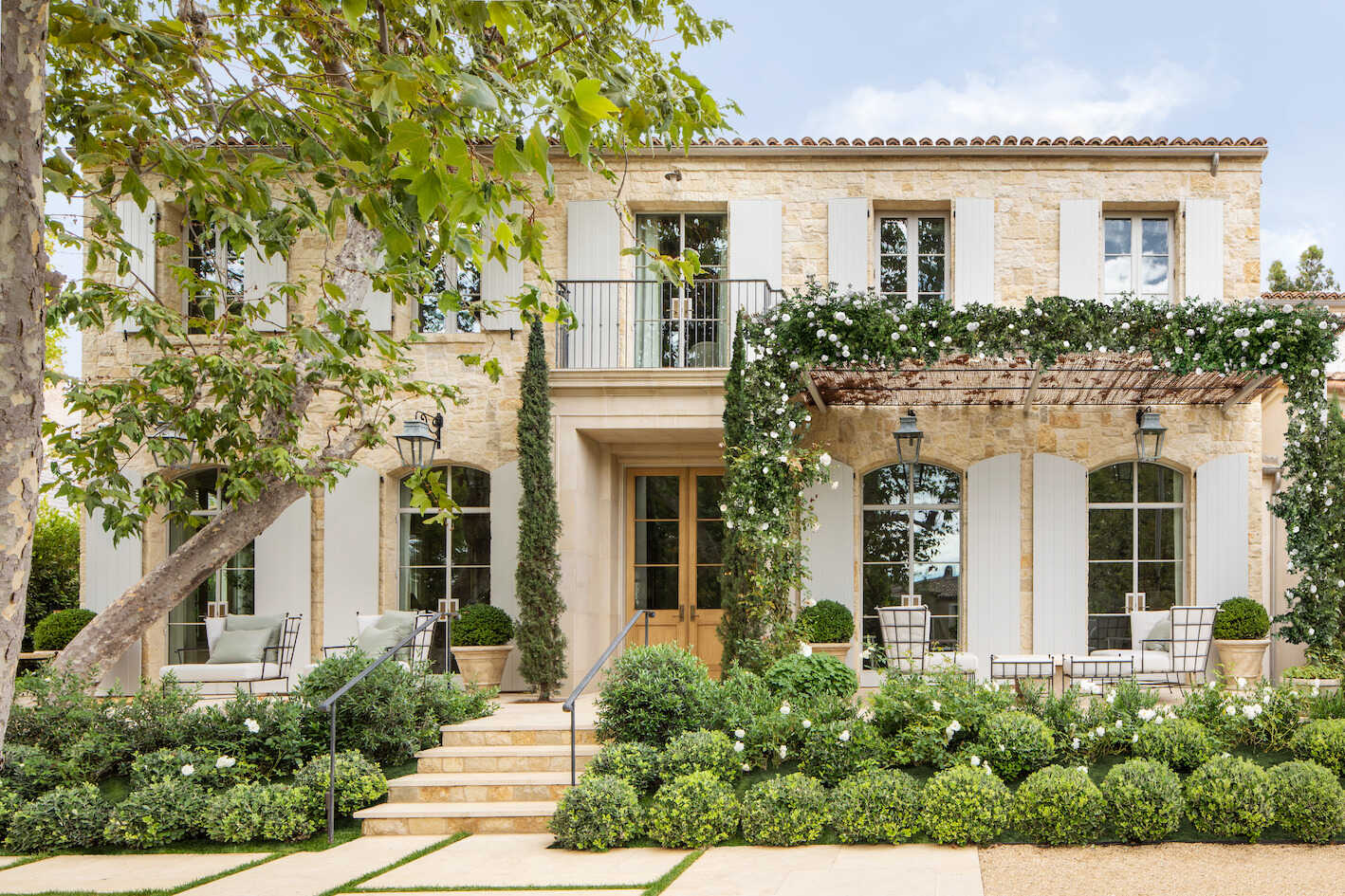
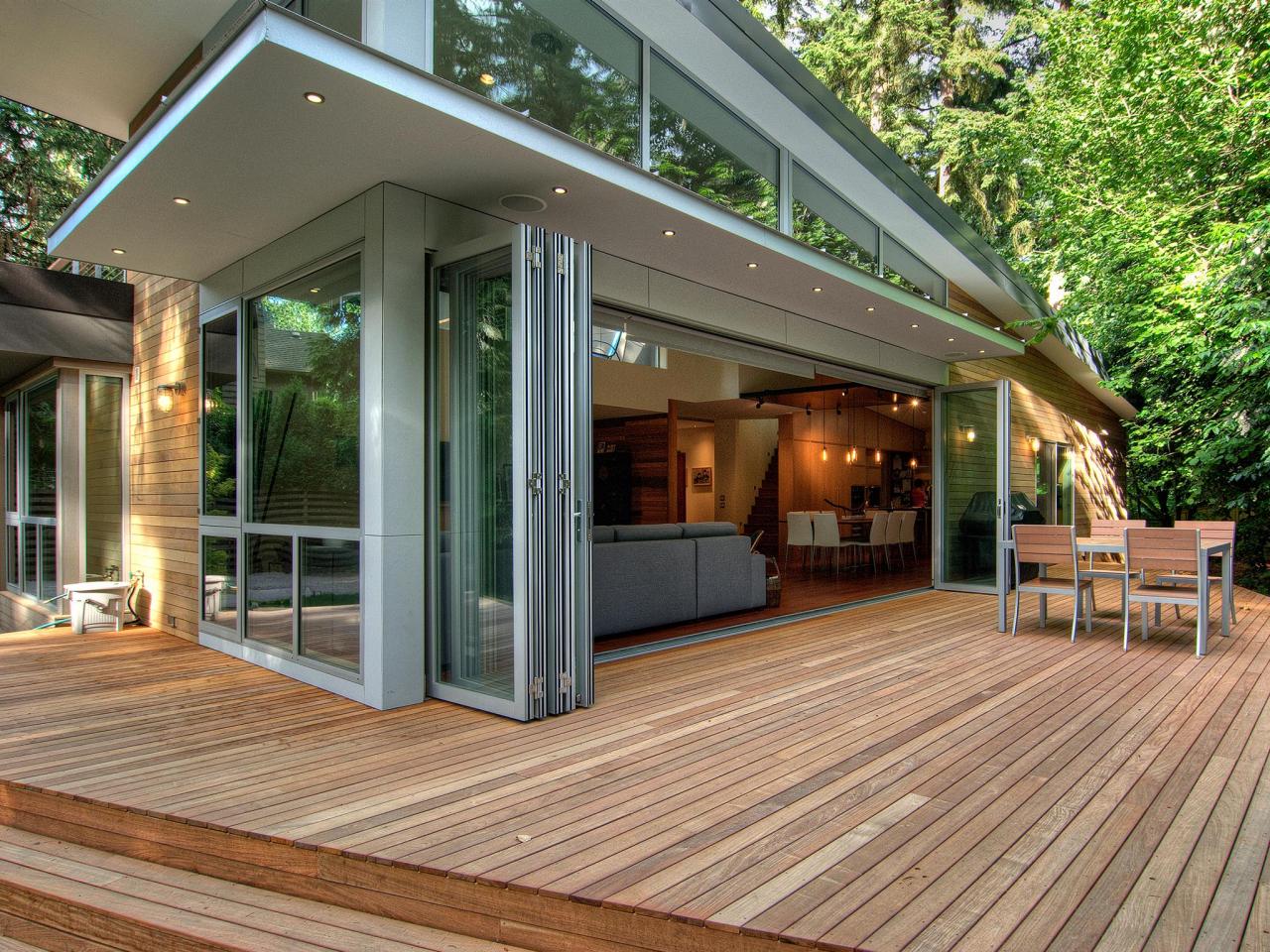
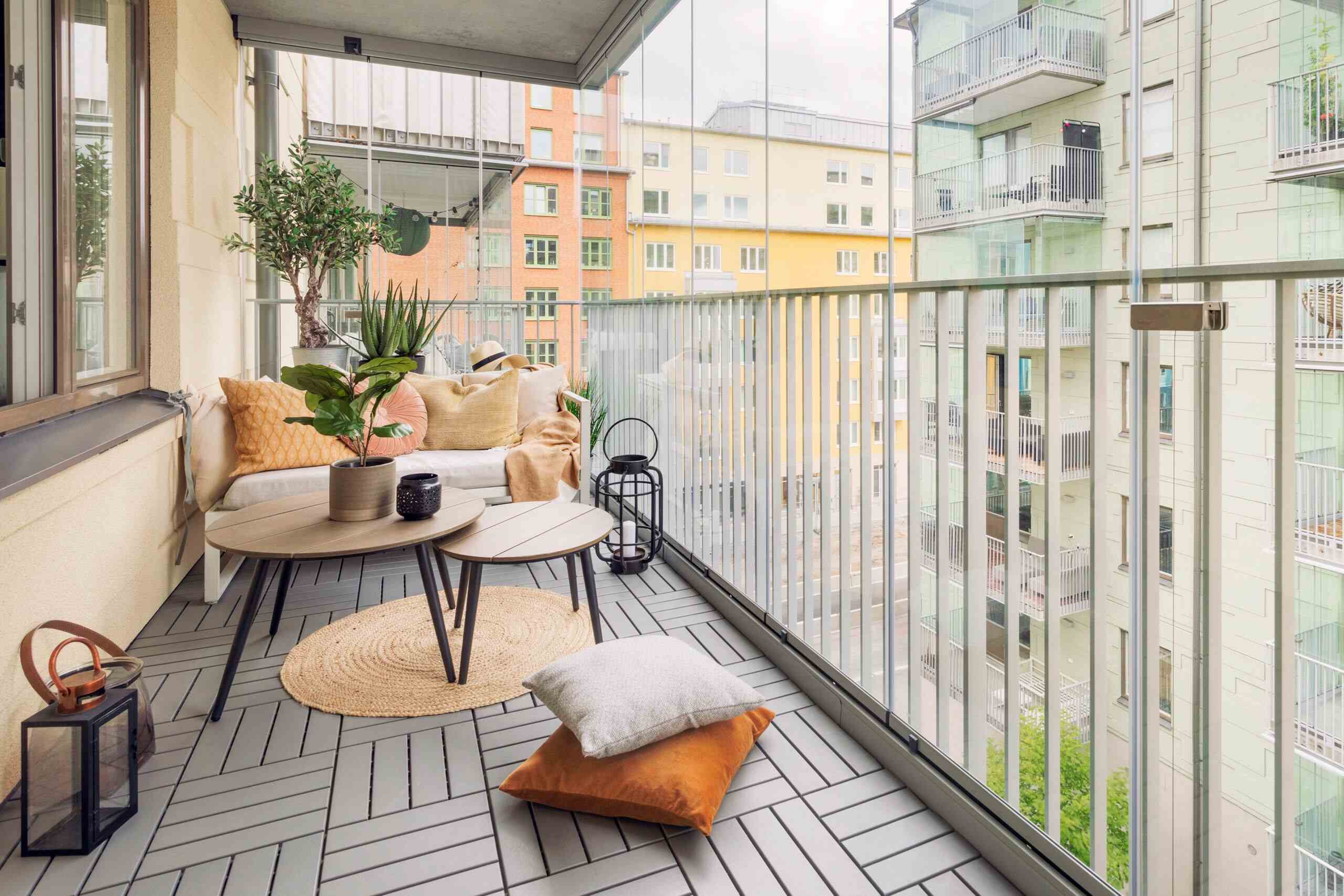
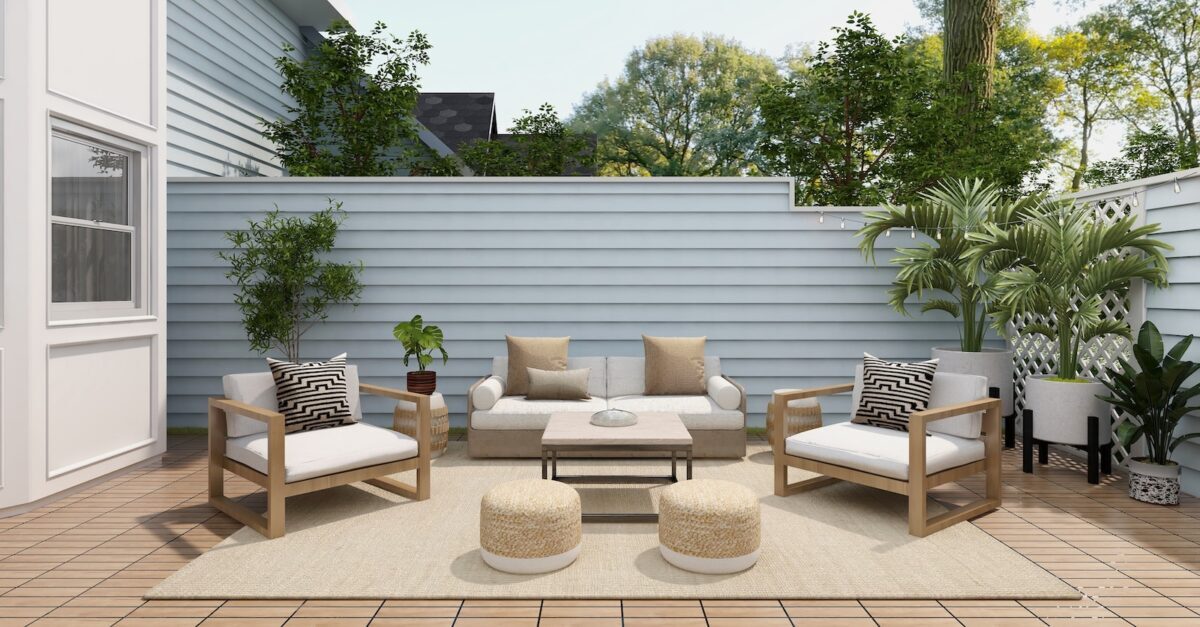

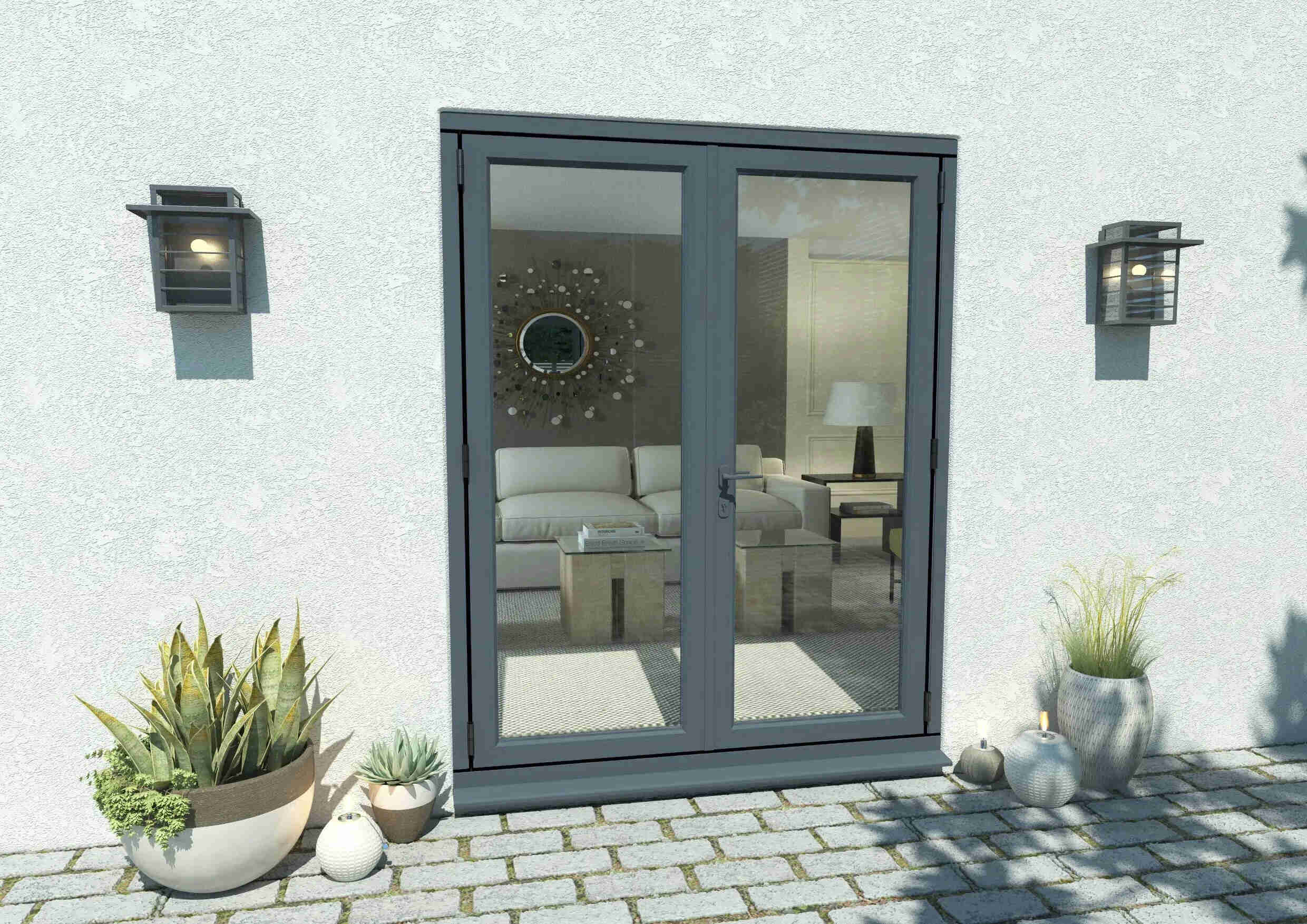
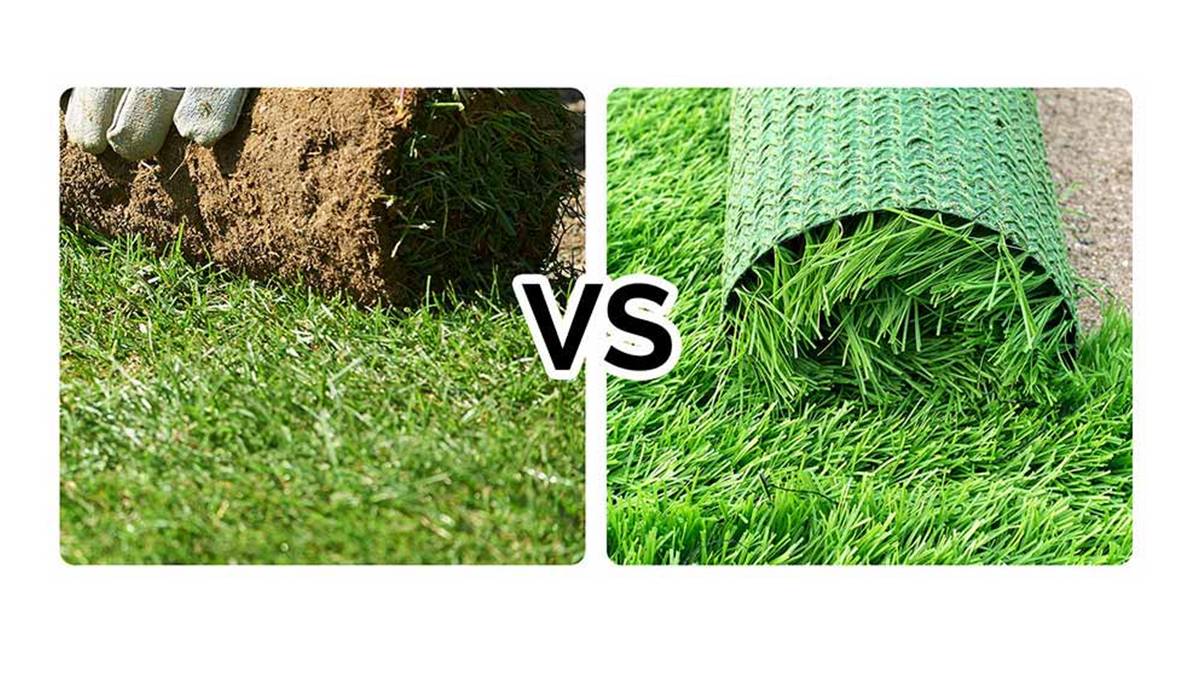
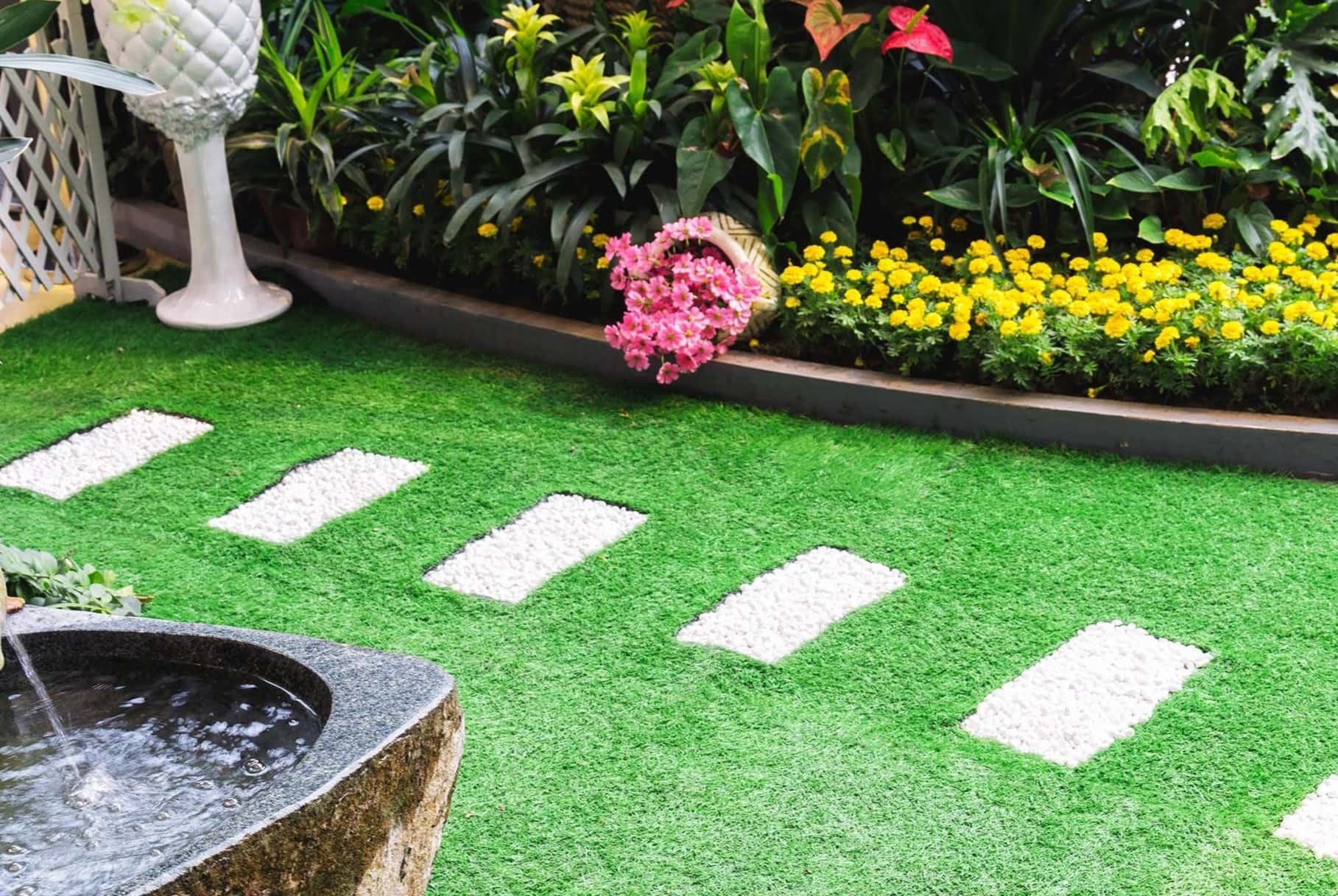
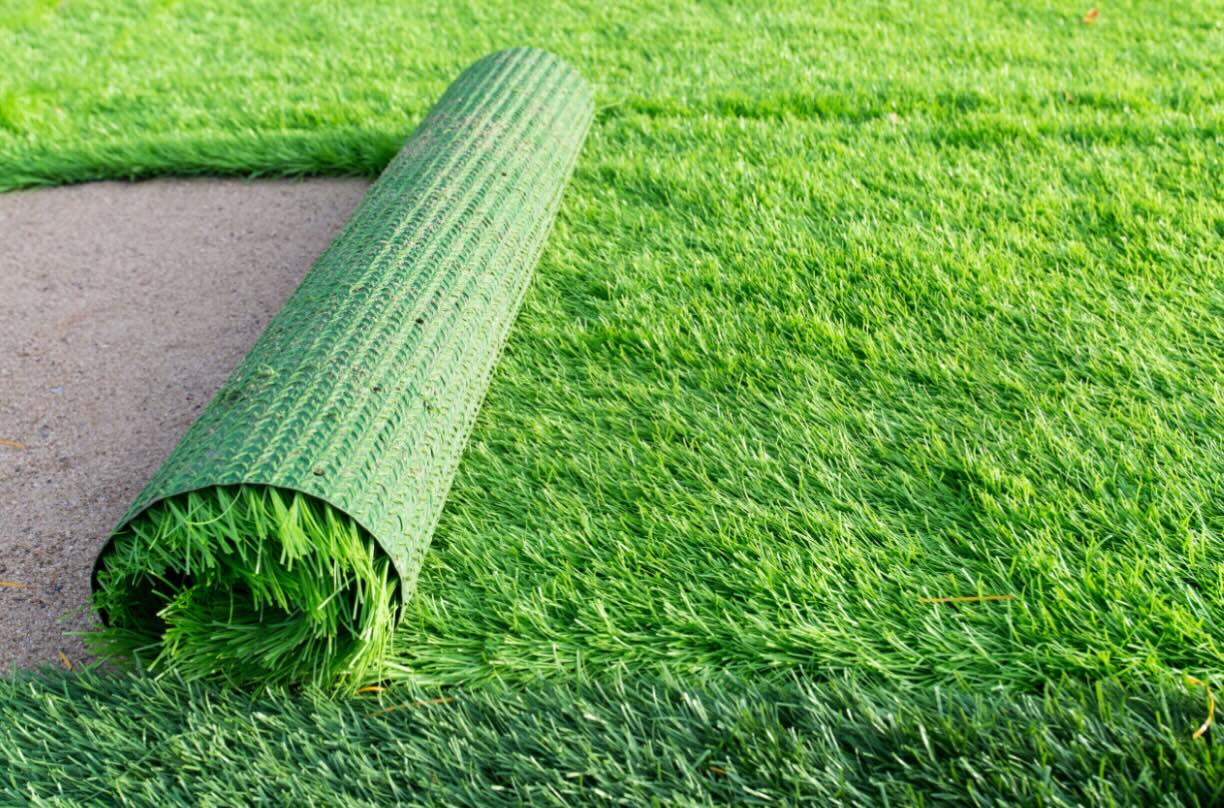
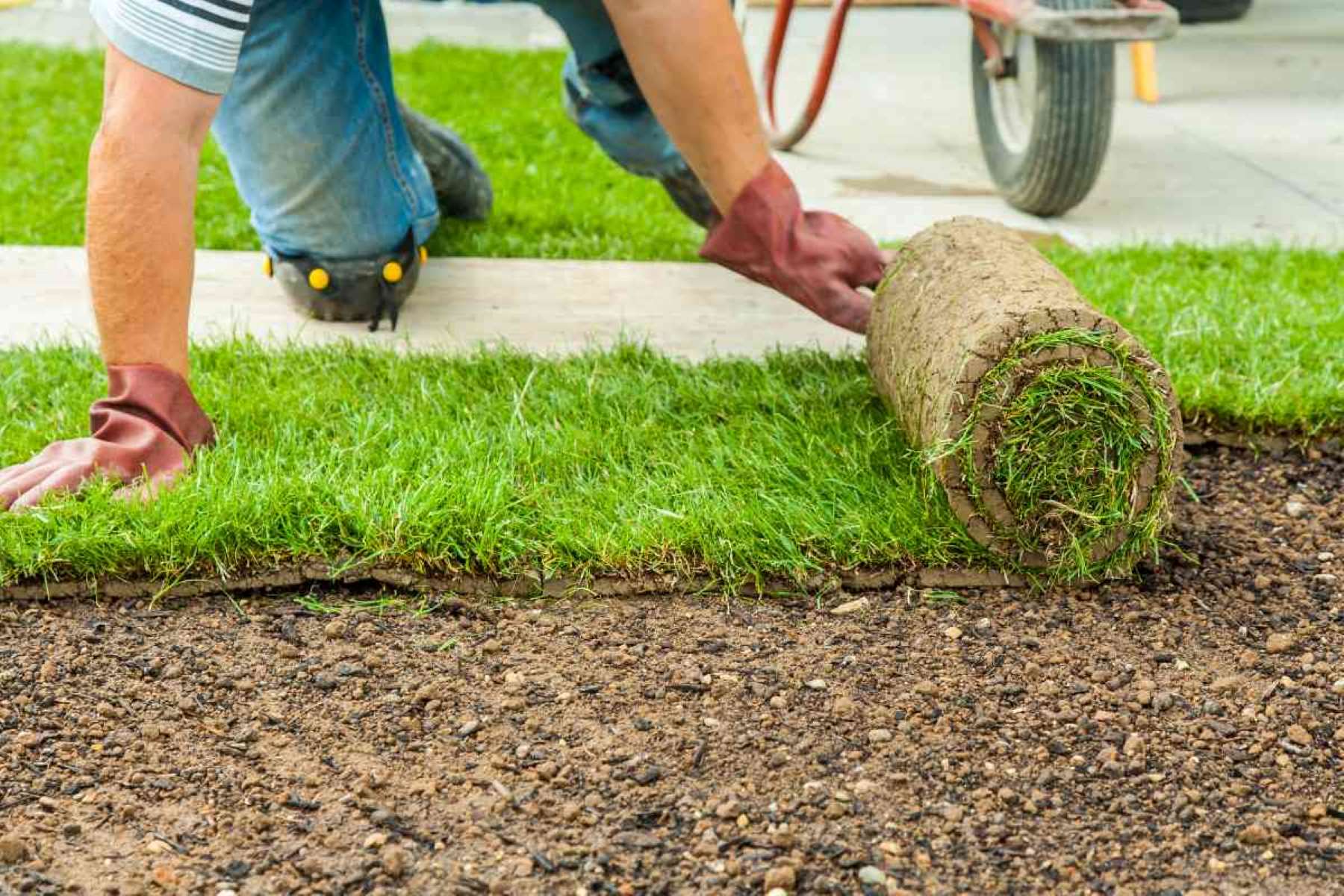
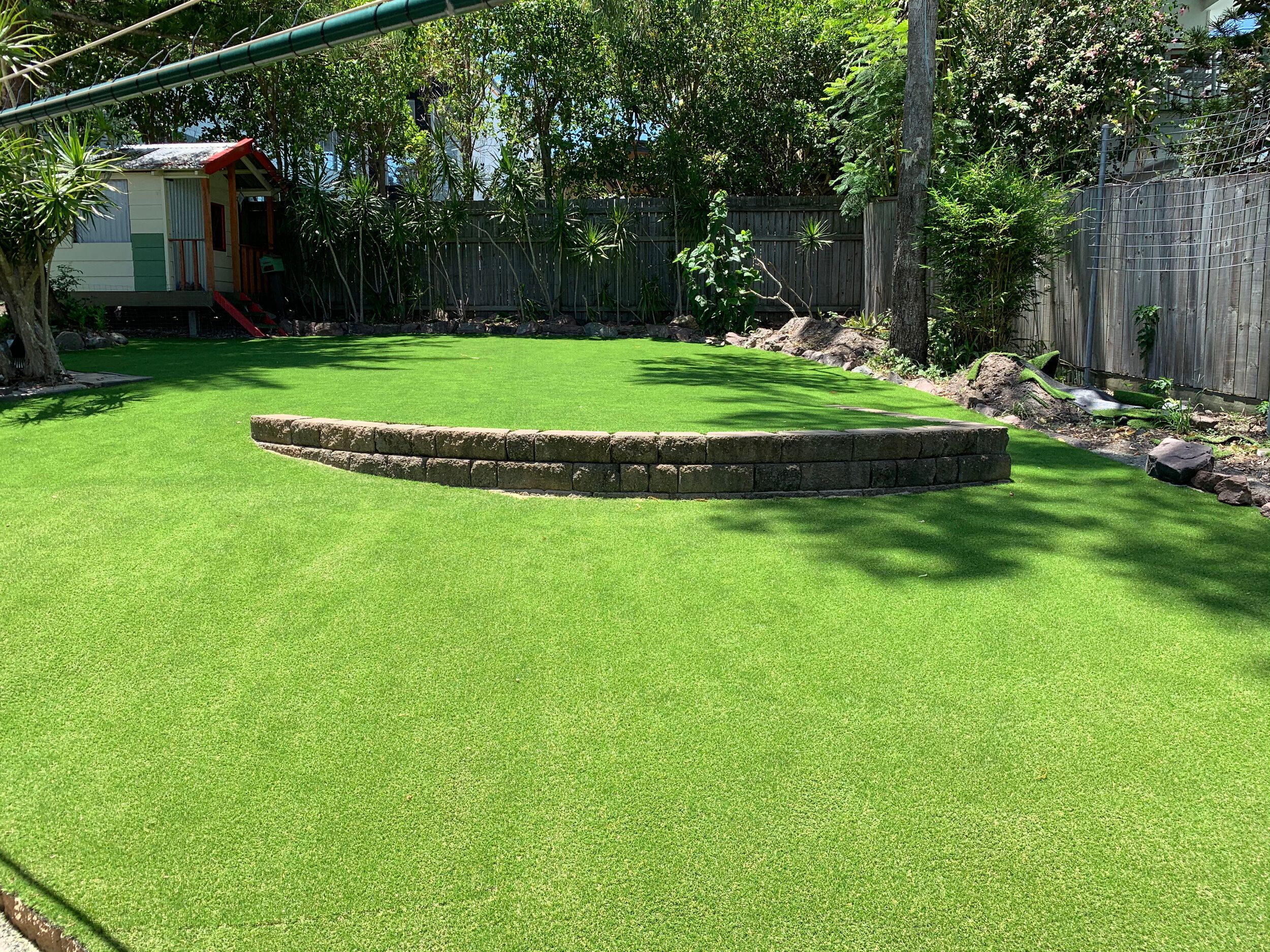
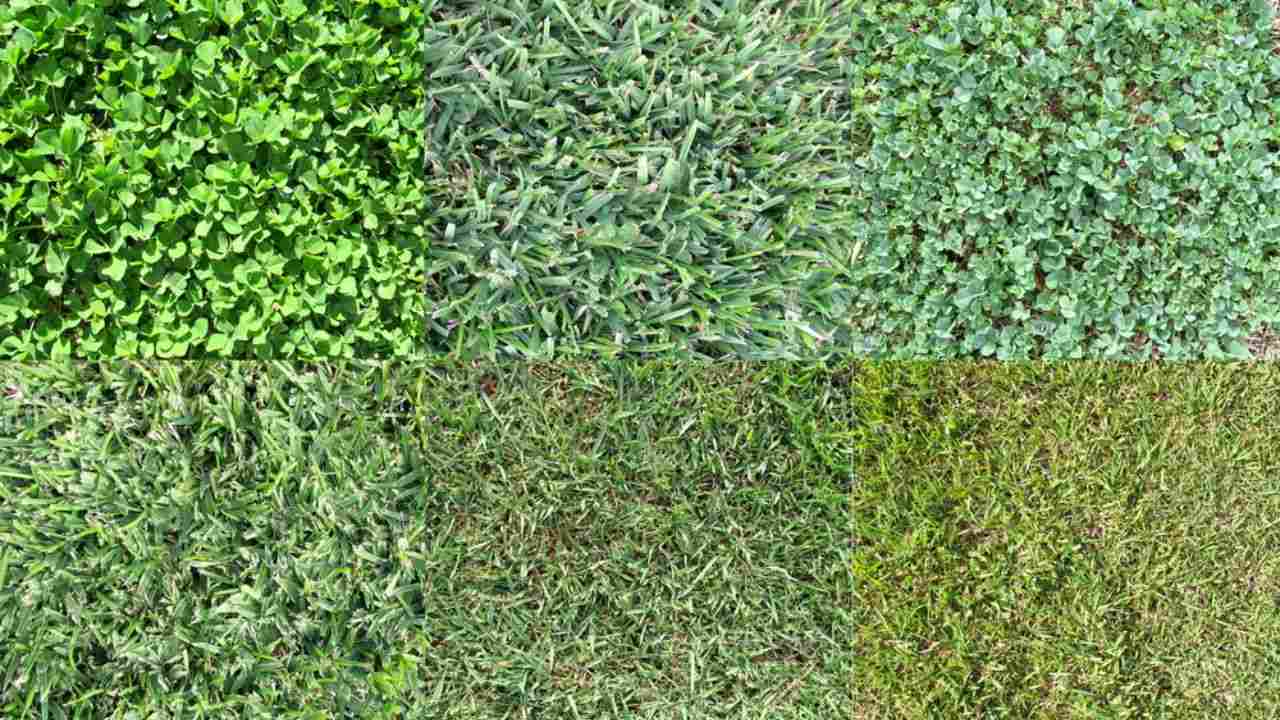
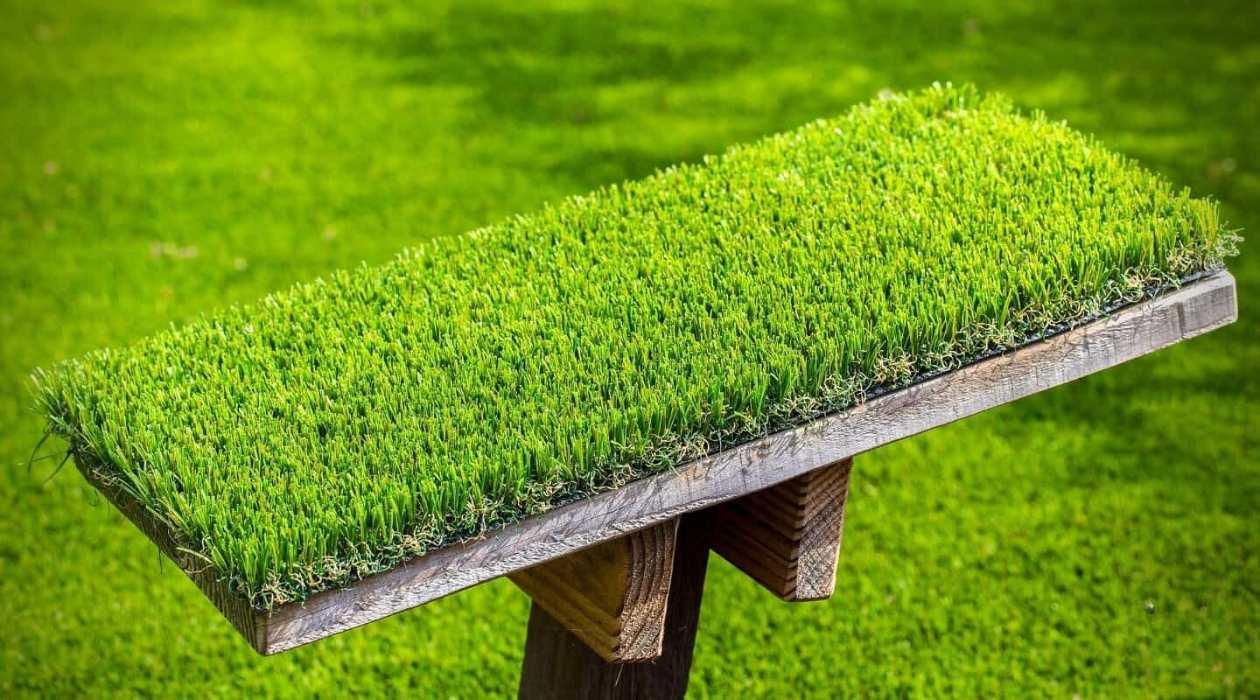


0 thoughts on “What Is The Difference Between Artificial Grass And Turf”